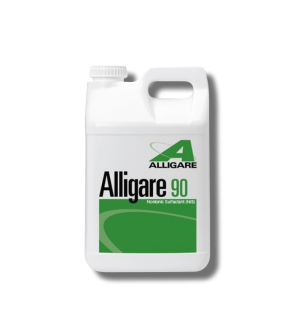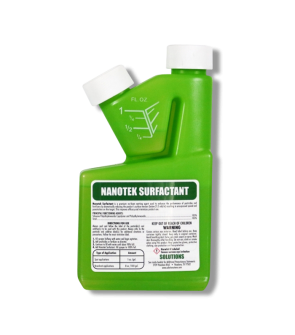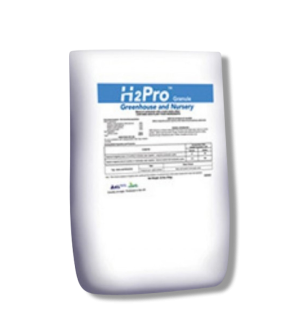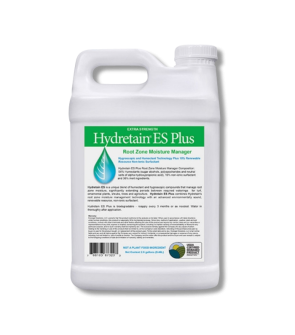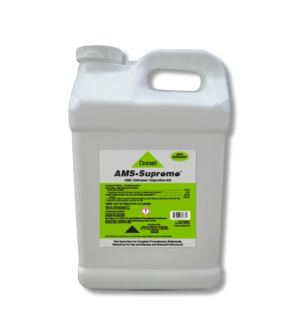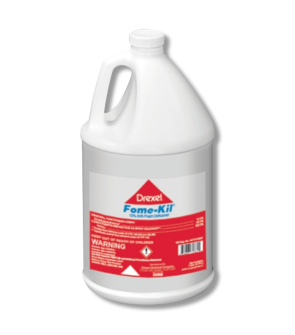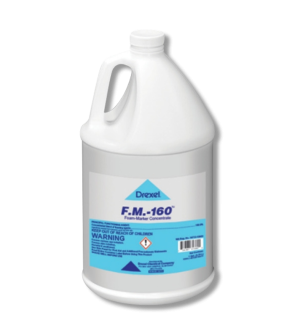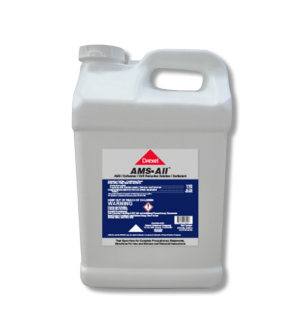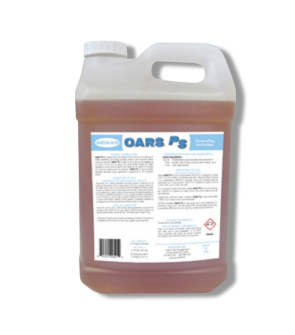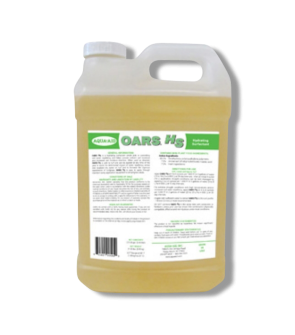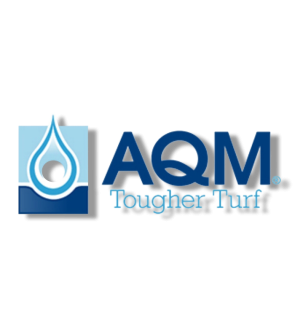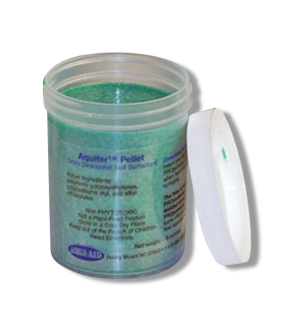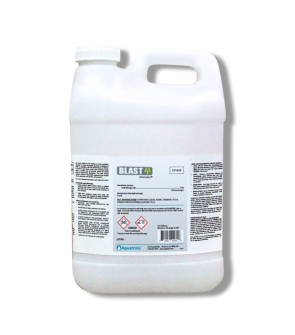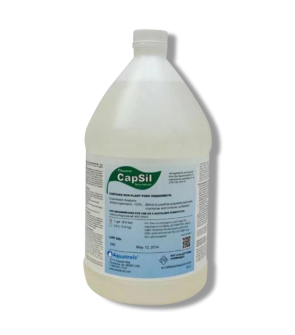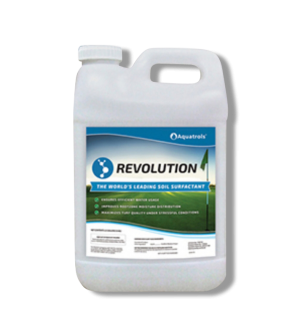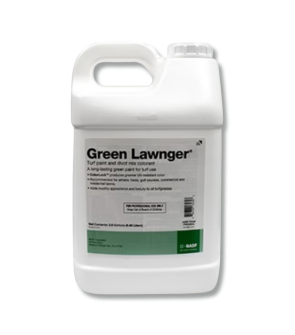Surfactant
Most Effective Products
Surfactant

When spraying weeds on your lawn with herbicides it can be frustrating when the chemical isn’t able to stick to the plant the way you want it to. This is when it is useful to mix your preferred herbicide with a surfactant for better results.
On this page, you will learn about surfactants, how they work, their benefits and what to expect when applying them. Here you can also shop the top surfactant products we have in stock.
What is a Surfactant?
A surfactant (also known as an emulsifier or wetting agent) is a form of chemical adjuvant which acts as a buffer, breaking up the surface tension of a liquid. A surfactant is a mishmash of the phrase “surface active agent,” which is an organic compound that is soluble in chemical solutions or water and allows mixtures to blend, adhere and work better. In lawn and garden herbicides this wetting agent is used to help breakdown the plant’s resistance in absorbing the chemical being applied to it.
Surfactants can either be ionic, meaning they contain an atomic electric charge or non-ionic, meaning they contain no charge. Ionic surfactants are usually found in liquid detergents and dish soaps. Non-ionic surfactants are those that are usually mixed with herbicide solutions to improve performance. Non-ionics are usually the preferred choice because they are better with spray equipment, are less likely to foam up and have low-toxicity when applied to plants.
Surfactants come in liquid form to be mixed with herbicides or other pesticides. Some herbicides actually need surfactants in order to work, but other products might already have surfactants added in. This is why it is important to read product labels before adding or mixing anything with your selected herbicide.
How Do Surfactants Work?

Surfactants are most helpful when treating problematic weeds. For maximum effectiveness, a herbicide has to come in contact with plant leaves and stay on leaves long enough to have seeped into the plant and reach the parts of the plant that will damage or disrupt a vital process in the plant. Blocking the way of these chemicals is the waxy exterior layer of plants and the cuticle of leaves.
The waxy layer and cuticle provide a very strong barrier that keeps water and most herbicides from passing through. Water, for instance, when coming into contact with waxy surfaces tends to transform into beads that bounce or roll off the plant because of water’s high surface tension. This is similar to applying wax on your car, which makes water roll off rather than stick around to dry.
On the plant management side of things, this bouncing and rolling which occurs makes it so your weeds won’t die. And even worse, the desired plants may die from frustratingly over applying weed killers hoping for a miracle resulting in a large waste of money. This is where a surfactant can come in and generously assist.
Surfactants serve as an enhancement to pesticides and help to break the barrier of hard to penetrate surfaces, like the waxy surface of a leaf. Adding just a touch of surfactant can increase the effectiveness of all your herbicides by breaking the surface tension of the herbicide and leaf surface. This allows the spray to evenly coat a leaf surface without beading up or rolling off.
Benefits of Surfactants
Applying a surfactant allows the herbicide of choice to stick around and sit on the leaf surface long enough to be absorbed by the weed. This significantly increases the herbicides killing power and reduces the chance of the solution running off and effecting desired plants.
Drawbacks of Surfactants
Surfactants on their own cannot be used to treat undesired vegetation or pests, it is merely a wetting agent to improve the effectiveness of a pesticide active ingredient. When mixing with a pesticide, using the proper application rate is important as overapplying can damage desirable vegatation.
Are Surfactants Safe?
Surfactants are safe to use when applied according to label directions. Always make sure to wear proper safety equipment when handling and mixing surfactant with pesticides. This includes eye protection, proper attire to protect skin and in some cases, masks for respiratory protection.
Don’t apply herbicides in drought or in conditions that might prevent plant growth. Windy days can be dangerous for application, as the chemicals can drift to desirable plants and in living areas where pets and children might be. Keep kids and pets away from treated areas for a few days to ensure safety.
What To Expect

- When using a surfactant with a herbicide, make sure to spray directly onto the foliage of individual plants on all sides and contact the growing tips and bud terminals. Make sure leaves are completely covered in your product.
- Timing is also an important aspect of weed control so you should apply herbicides when plants are actively growing. Applying in the springtime is ideal since that is when plants are emerging or at the beginning of fall when plants are storing up nutrients in preparation for winter.
- Don’t apply herbicides in drought or in conditions that might prevent plant growth. Windy days can be dangerous for application, as the chemicals can drift to desirable plants and in living areas where pets and children might be. Keep kids and pets away from treated areas for a few days to ensure safety.
- Always make sure to wear proper safety equipment when handling pesticides. This includes eye protection, proper attire to protect the skin, and in some cases, masks for respiratory protection.
Featured Products
Nanotek Surfactant - Nanotek Surfactant is a non-ionic no foam surfactant. It is used to increase various herbicides, insecticides, fertilizers, and other pesticides to spread easily on treated surfaces at minimum application rates.

